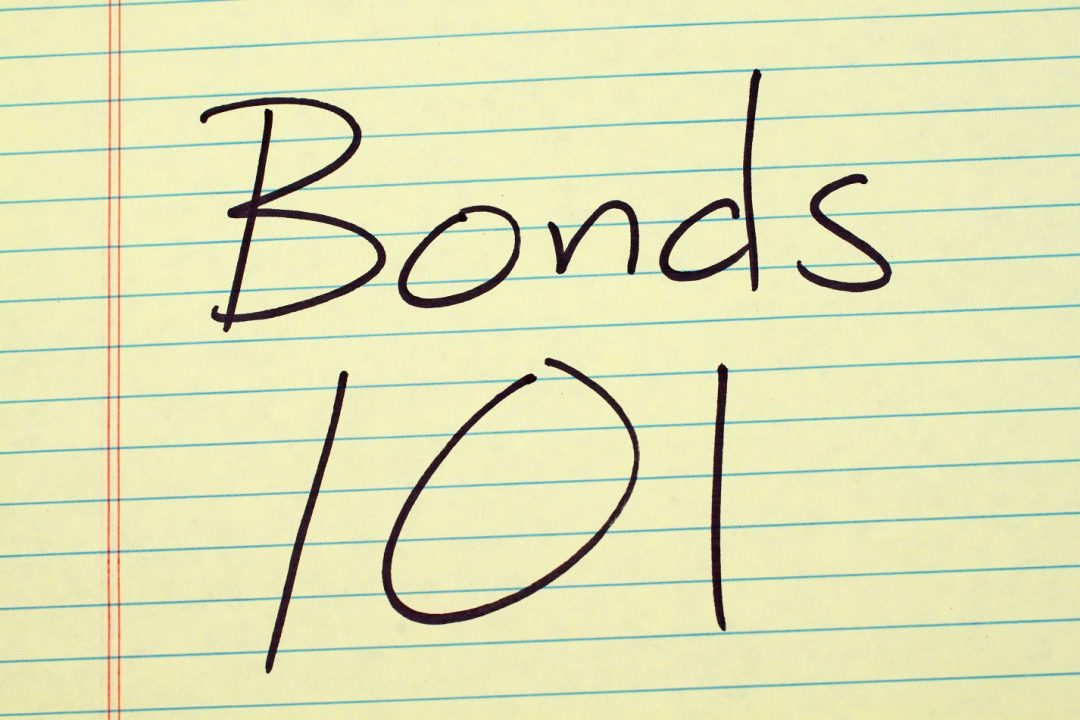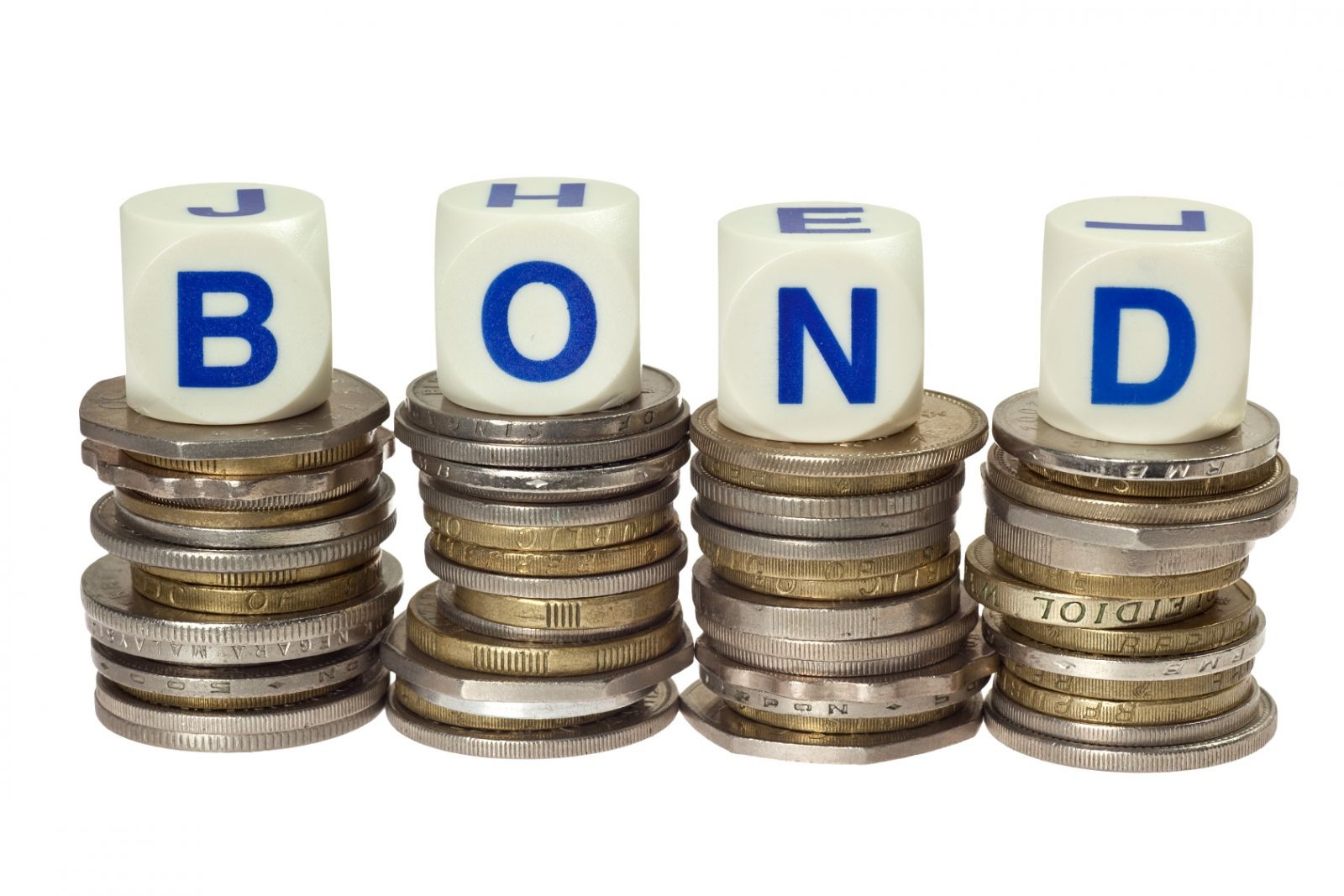Stock Market Investing: Top Myths

Investing in stocks is one of the most lucrative option for anyone – when done right, it can help generate a lot of money. That said, many are hesitant to do so, at least in part due to a lack of understanding. Some common ideas that persistently surface for the topic of investing in stock markets are as follows:
Myth #1: Investing in stocks is the same as gambling
This is surprisingly the biggest reason why people tend to stay away from the stock market. Even though investing in the stock market is a science that requires thorough researching, appearances make it seem like it is a gambling ventures where people put in their money by making wild guesses.
In reality, this is completely false. A common stock share represents ownership in a company, giving the holder the rights to claim both assets and a percentage of the profits generated by the company. The problem happens when investors fall into the mental trap of thinking of shares as trading vehicle, that something that they own. Gambling, on the other hand, is a game with random actions and a random outcome. Essentially, it’s just taking money from someone and giving it to someone else on the basis of pure chance. There is no science to it.
Myth #2: The stock market is only meant for brokers and the rich
While there are a few market advisors who portray that investing in the stock market is ideal only for the wealthy and the knowledgeable, this could not be farther than the truth. It is true that the wealthy and the knowledgeable may a greater level of security and ability to mitigate if things go south, but that does not mean that others are not suitable to invest in the stock market, especially in today’s day and age. Thanks to the internet, ordinary people have a much more accessible market and far more information on their hands than earlier. In addition to this, robo-advisors and discount brokerages help people improve their financial status by investing in the market with minimal investment.
Myth #3: Fallen stocks do go back up
This is one of the most dangerous myths of the stock market, and one that many amateur and even some seasoned investors believe to be true. Many do believe that a previously well-running stock that has gone down will go back up again.
In reality this is only a dangerous illusion. Let’s explain this through an example:
- Stock A – a large company whose price per share had reached an all-time high of $100 but has recently fallen to $20
- Stock B – a comparatively smaller company whose price has steadily risen from $10 to $20
Many investors here would prefer to invest in the first option believing that the shares would eventually bounce back to normal. This kind of thinking is as good as trying to catch a falling knife – one would only end up getting hurt. Investors must bear in mind that investing, with its use of technical analysis differs greatly from trading. Price makes up a single part of the entire investing equation – buying companies exclusively on the basis of market price means nothing.
Myth #4: Stocks which go up must also go down
As accurate as the laws of physics are, they do not apply to the stock market. The gravitational force has no effect on stocks whatsoever – stocks go up or down due to internal and external financial and economic fluctuations. One of the biggest examples of stock that has always gone up is Berkshire Hathaway. In the 90s, Berkshire Hathaway’s stock price went from $7,455 to $17,250 per share in less than 5 years. Over 20 years later, their stock is still on the rise at $308,000 per share (as of February 2019). While it cannot be said that stocks on the up will always be on the up, there’s no guarantee that they will go down either – all of this is dependent on the company’s activities and its reflection in the market.
Myth #5: Have a limited amount of knowledge is okay
While it can be said that knowing something is better than knowing nothing, it is important for stock market investors to have a very clear understanding of the concepts involved in the stock market and to do their research and homework when it comes to knowing where they are investing their money. In case the investor does not have enough time to conduct an extensive amount of research, they must hire an advisor who would help them understand what they are doing with their money. While it may seem costly to do so, at the end of the day, it far outweighs the cost of investing in something with little understanding.






